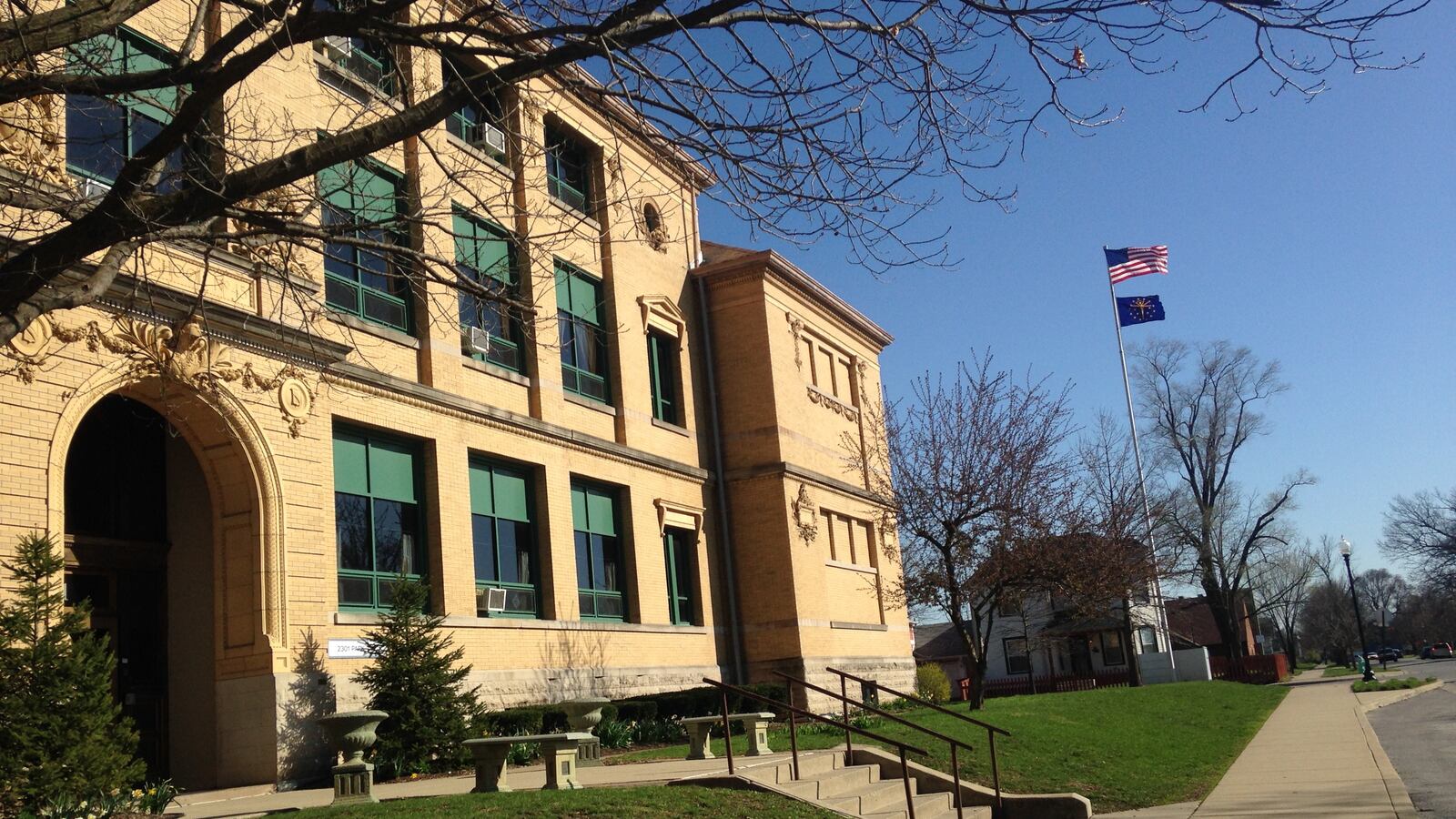This story is one in a series exploring the basics of key issues in education in Indiana. See all of the stories in the series.
Indiana’s sweeping effort allow families to use state money to pay private school tuition is one of the largest voucher programs in the nation — and a political lightning rod.
With vouchers at the center of President Trump and U.S. Secretary of Education Betsy DeVos’ push for more school choice, Indiana could become a national model.
In the five years since the voucher program launched, it has grown from a tiny program serving largely urban students to one educating 34,299 students, and Chalkbeat has been covering the twists and turns.
Here’s the full, updated story on Indiana’s voucher program.
Wide eligibility
From the start, Indiana’s program made more kids eligible than other large, general-enrollment voucher programs, notably those in Wisconsin and Ohio. Most voucher programs in the U.S. are aimed at specific groups of students, such as students with disabilities, or are confined to a single city.
But the 2011 law that created Indiana’s voucher program allows qualifying low-income students anywhere in the state to use tax dollars to pay private school tuition. Since the program launched, eligibility has broadened to include more than half of Indiana students. A family of four earning up to $44,955 could qualify for full voucher, which averages $5,724 for a high school student, while a family of four earning up to $89,910 could qualify for a partial voucher.
The political fight
The battle over vouchers is one of the most polarizing in education. The educational theory behind them — that students can use them to find schools that best fit their needs, while competitive pressure forces schools to improve to attract or retain students — is mostly identified with conservatives, many of whom also support more public funds going to religious schools. While some notable Democrats support the idea, others who generally favor expanding school choice in other ways, such as charter and magnet schools, draw the line at backing vouchers.
Vouchers were one of the top goals of then-Gov. Mitch Daniels when he, then-state Superintendent Tony Bennett and their allies in the Republican-led statehouse pushed through a series of major education changes that helped vault Indiana into the national debate over education reform in 2011. Other new laws that year expanded charter schools, limited teacher union bargaining and overhauled teacher evaluation.
Currently there is no limit on the number of qualifying students who can seek vouchers. After five years of growth, the question is how the Republican-controlled legislature will change the rules in the future and whether more students will become eligible.
Unprecedented growth
In 2011-2012, the first year of the program, 3,919 Indiana students used vouchers, the biggest first year enrollment for a voucher program in U.S. history. That number almost tripled in the second year.
Then in 2013, the Indiana legislature expanded the voucher program to allow siblings of those already using vouchers to enroll. The bill also allowed children living within the attendance boundaries of a F rated school to obtain vouchers.
That year, voucher enrollment more than doubled, helping 19,809 Indiana students attend private schools. Some voucher-accepting schools came to depend on the state aid. By 2017, the program grew to 34,299 participants.
That’s still a small percentage — roughly 3 percent of Indiana schoolchildren — but voucher programs usually start much smaller. While participation is at a record high, the program’s growth is slowing.
Failed court challenge
In 2013, a court challenge led by the Indiana State Teachers Association charging the program was unconstitutional was turned away by the Indiana Supreme Court. The plaintiffs argued the program violated the state’s requirement for a uniform public school system and improperly spent public dollars on religious institutions. The union also argued vouchers drain money that public schools need to maintain high quality programs.
Cost of vouchers
Whether vouchers save or cost the state money is the subject of contentious debate. Because the voucher amount is less than the full per-pupil state aid allocated for each student, advocates argue that they save money. But the state only saves money when a student who would have gone to public school instead goes to private school. Critics of vouchers say that the program is so broad that many of the students who receive them would attend private school anyway, reducing the cost savings.
-Updated April 2017

